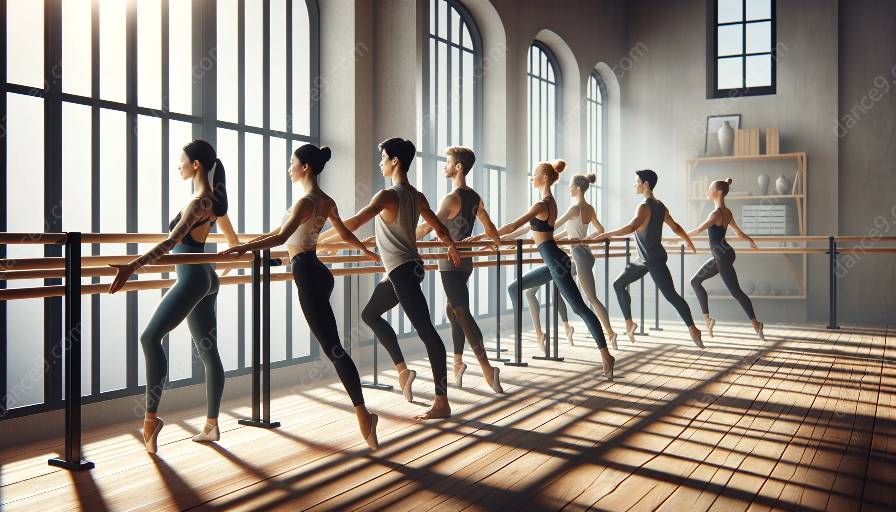Barre, an integral part of dance classes, plays a crucial role in enhancing dancers' artistic expression and interpretation. It provides a foundation for strength, flexibility, and control, allowing dancers to convey emotion and meaning through movement with grace and precision.
Through the unique blend of ballet, Pilates, and yoga techniques, barre helps dancers develop a deep understanding of their bodies, leading to improved storytelling and enhanced artistic expression. This article explores the ways in which barre contributes to dancers' artistic interpretation and expression in dance classes.
The Physical Benefits of Barre for Dancers
Before delving into the artistic aspects, it's important to understand the physical benefits that barre offers to dancers. Barre workouts are designed to strengthen and lengthen muscles, improve posture, and increase flexibility. These physical attributes are essential for dancers as they strive to create beautiful lines, convey emotions effectively, and move with fluidity and control.
As dancers engage in barre exercises, they work on developing strength in specific muscle groups, especially those related to posture and balance. This physical strength translates into increased stability and control, allowing dancers to execute movements with precision and elegance. Additionally, the focus on flexibility in barre classes helps dancers achieve a wider range of motion, enabling more expressive and dynamic movements in their choreography.
Enhancing Grace and Fluidity in Movement
Barre techniques emphasize the importance of grace, fluidity, and precision in movement. Dancers learn to control and articulate each part of their body, creating a sense of effortless elegance in their performances. Through repetitive and focused exercises, dancers improve their ability to move with fluidity and control, allowing them to express intricate emotions and narratives through their movements.
Moreover, the emphasis on core engagement in barre classes contributes to dancers' improved balance and stability. This enhanced stability allows dancers to execute challenging movements with poise and grace, further adding depth and nuance to their artistic expression.
Developing Body Awareness and Expression
One of the most significant contributions of barre to dancers' artistic expression is the development of deep body awareness. As dancers engage in barre exercises, they learn to connect with and understand their bodies on a profound level. This heightened body awareness enables dancers to express emotions and narratives with authenticity and clarity.
Furthermore, the integration of ballet, Pilates, and yoga techniques in barre classes allows dancers to explore a wide range of movements and positions. This variety encourages dancers to experiment with different forms of expression, enabling them to convey diverse emotions and stories through their artistic interpretations.
Enhanced Storytelling and Emotive Performance
Barre contributes to dancers' ability to infuse their performances with emotion and storytelling. By honing their strength, flexibility, and body awareness, dancers can authentically embody the characters and narratives of the choreography they perform. The technical precision and fluidity developed through barre techniques allow dancers to convey subtle emotions and complex narratives through their movements.
Additionally, the mental focus and mindfulness cultivated in barre classes support dancers in connecting deeply with the themes and emotions of the choreography. This connection enables dancers to deliver powerful and evocative performances that resonate with audiences on a profound level.
Conclusion
Barre significantly contributes to dancers' artistic expression and interpretation by providing a foundation for physical strength, flexibility, grace, and body awareness. Through the integration of barre techniques in dance classes, dancers enhance their ability to convey emotion, tell stories, and captivate audiences through their movements. The holistic approach of barre not only cultivates technical proficiency but also fosters a deep connection between the dancer, the choreography, and the audience, resulting in compelling and authentic artistic expression.













































































